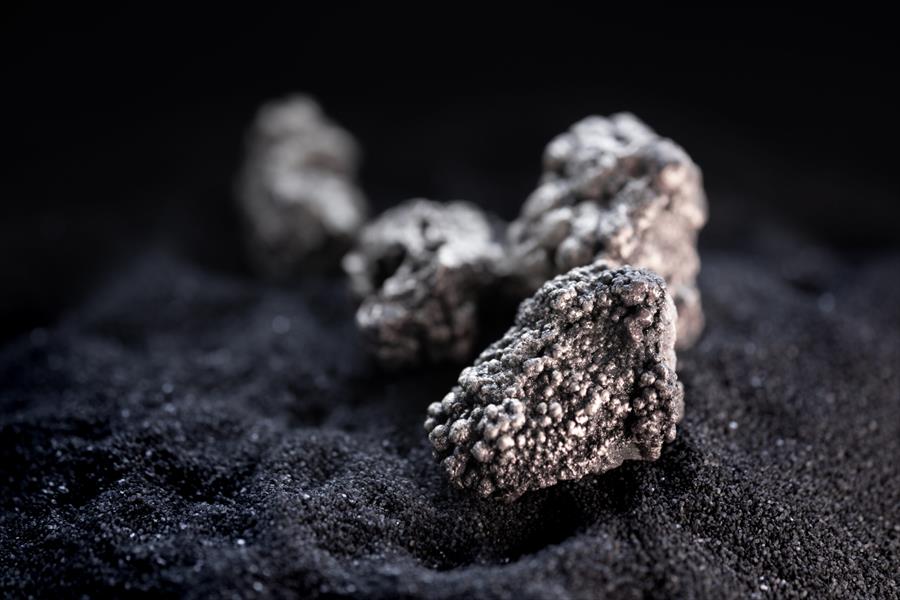Platinum vs. Gold: Why Is Gold More Popular?
Precious metals have fascinated humankind for centuries, and two of the most coveted among them are gold and platinum. While gold has enjoyed enduring popularity, platinum often lingers in its shadow. Even if they prefer to buy gold bars or silver bullion, Scottsdale collectors might be interested in the following exploration of the unique properties of platinum and the factors that have made it less popular than its golden counterpart.
Gold: The Timeless Classic
Gold has a rich history dating back to ancient civilizations. Its lustrous yellow appearance and malleability have made it a symbol of wealth, power, and beauty. The fact that it doesn’t tarnish or corrode has further cemented its status as the ultimate symbol of value.
Platinum: The Lesser-Known Precious Metal
Platinum, often referred to as “white gold,” has unique properties that make it distinct from gold. Its white-silver color, superior density, and exceptional resistance to corrosion have earned it a special place in the world of precious metals. So why has platinum not achieved the same level of popularity as gold?
Rarity & Accessibility
One significant factor that makes platinum less popular than gold is its rarity. Platinum is one of the rarest metals on Earth—far less common than gold, silver, or palladium. Platinum is approximately 30 times rarer than gold, which inherently makes it more challenging to mine and extract. This rarity leads to higher production costs and, consequently, higher market prices, making platinum less accessible for most consumers.
Historical & Cultural Significance
Gold has been deeply woven into the fabric of human history and culture. From ancient civilizations to modern times, gold has symbolized wealth, power, and beauty across different cultures and societies. Platinum, on the other hand, has a relatively short and obscure history and culture. Platinum wasn’t widely recognized or valued until the 18th century, when it was discovered by European explorers in South America. Platinum was initially considered an impurity or a nuisance by gold miners, who called it “little silver” or “platina.” Its use in jewelry and coinage is relatively recent compared to gold.
The Gold Standard
Gold’s long-standing role as a global currency has played a significant part in its popularity. Even today, central banks and investors hold gold as a hedge against economic uncertainties. Platinum hasn’t had the same monetary significance, which has impacted its demand and overall recognition.
Jewelry Preferences
While gold has enjoyed immense popularity in the jewelry industry, platinum has been slower to gain traction. Gold’s malleability, which makes it easy to craft into intricate designs, has made it a preferred choice for jewelry makers and consumers. Platinum’s density and strength make it less pliable, which can be a challenge for artisans.
Price Disparities
Platinum’s rarity and production costs translate to a higher market price compared to gold. This price disparity can deter many consumers, leading them to opt for the more affordable gold. Additionally, gold’s stable market presence and investment value have contributed to its widespread appeal.
Limited Marketing & Branding
Gold has a robust history of marketing and branding, thanks to its enduring popularity. Iconic logos, brand affiliations, and slogans have all played a role in keeping gold in the public eye. Platinum, in contrast, hasn’t received the same level of marketing attention.
Industrial Uses of Platinum
While gold is primarily used in jewelry and as a store of value, platinum has significant applications in the industrial sector. It plays a vital role in the automotive industry, as a catalyst in chemical reactions, and in the production of electronics. These industrial applications can limit the availability of platinum for other purposes.
Unpredictable Demand
Platinum is more sensitive to supply and demand fluctuations than gold, which makes its price more volatile and unpredictable. Platinum’s demand is largely driven by its industrial applications, especially in the auto industry. Therefore, platinum’s price is influenced by factors such as economic growth, environmental regulations, technological innovations, and consumer preferences. For example, the rise of electric vehicles, which don’t require platinum catalysts, could reduce the demand for platinum in the future.
Gold’s demand, on the other hand, is more stable and diversified, as it’s used for various purposes, such as jewelry, investment, and central bank reserves. Gold’s price is also influenced by factors such as geopolitical tensions, inflation expectations, or market sentiment. Therefore, gold tends to be more resilient and reliable than platinum in times of uncertainty or crisis.
The Future of Platinum & Gold
So what does the future hold for platinum and gold? Will platinum ever become more popular than gold? There’s no definitive answer to this question, as there are many factors that could influence the relative attractiveness of these two metals. However, some experts believe platinum has the potential to gain a premium over gold in the long term due to its scarcity, its industrial uses, and its role in the transition to a low-carbon economy. For example, platinum could benefit from the growth of hydrogen fuel cells, which use platinum as a catalyst to produce clean energy. Platinum could also benefit from the increased demand for jewelry in emerging markets, such as China and India, where platinum is seen as a symbol of modernity and sophistication. Gold, on the other hand, will likely remain a popular choice for investors and consumers who value its tradition, beauty, and security.
While gold has rightfully earned its status as a timeless classic, platinum remains a hidden gem in the world of precious metals. Its rarity, unique properties, and potential in various industries make it an intriguing choice for those who value it. The relative obscurity of platinum compared to gold is a multifaceted issue, but it shouldn’t diminish the allure and potential of this remarkable precious metal. In the ever-evolving world of investments, jewelry, and industry, platinum may yet shine brighter in the years to come.
The value of platinum is easy to understand, and you can trust you’ll get what you pay for when you buy platinum from a reputable firm, such as First National Bullion. Scottsdale residents can rely on our professionalism and expertise when they’re ready to invest in platinum, gold, and other precious metals. Give one of our experienced dealers a call today at (855) 919-2536.
The statements made in this blog are opinions, and past performance is not indicative of future returns. Precious metals, like all investments, carry risk. Precious metals and coins may appreciate, depreciate, or stay the same in cash value depending on a variety of factors. First National Bullion does not guarantee, and its website and employees make no representation, that any metals for sale will appreciate sufficiently to earn the customers a profit. The decision to buy, sell, or borrow precious metals and which precious metals to purchase, borrow, or sell are made at the customer’s sole discretion.


